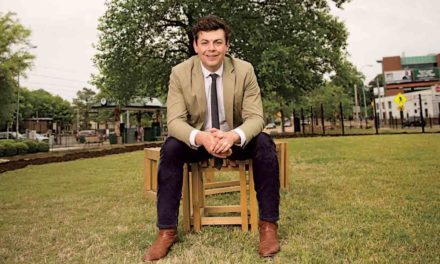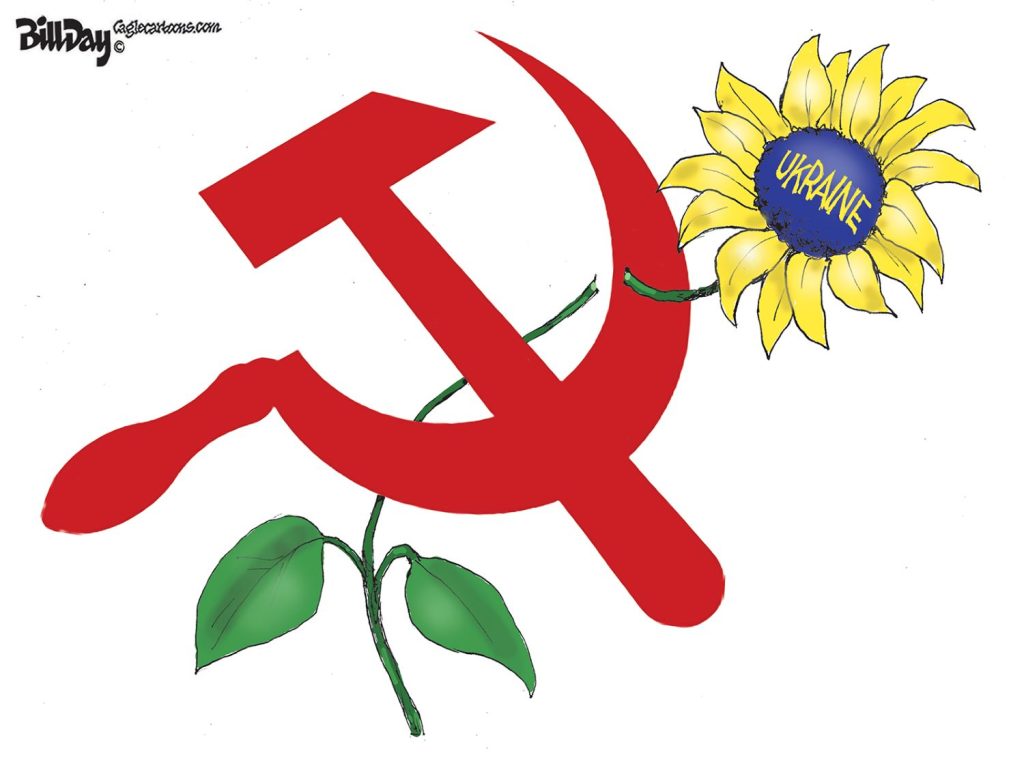We received the following email from Les Edwards, who has done a masterful job of proving the support that exists for the “right” kind of bike lanes on Madison Avenue. The “compromise” he describes is not only unwarranted based on public support for the lanes nor based on the facts. In Memphis and some other cities, there are anecdotes and suppositions, but there are no facts proving that bike lanes harm business activity. We hope that Mayor Wharton will approve the original recommendation of the city’s first bike coordinator and send a message that bike lanes have the potential to rebrand Madison Avenue into a special business corridor for our city.
It would be a shame to squander this special opportunity to make an important quality of place investment that will benefit Madison Avenue neighborhoods and businesses alike.
Here is Mr. Edwards’ recent email and a previous blog post about the facts about bike lanes. We hope all of our elected officials will take the time to separate fact from fiction, history from hysteria, and rhetoric from reason:
In a short period of time, 1,301 people signed the petition in support of the 3-lane option for Madison Avenue. Thank you!
The battle is not over. The Mayor has not yet made a decision. We are hearing rumors that a “compromise” will be approved, with bike lanes on Madison running from Cooper Street and stopping at McLean Blvd. If this happens, Madison Avenue will be a street with an incomplete trolley line on one end, and incomplete bike lanes on the other. If bike lanes are appropriate for east of McLean, then the area west of McLean deserves them as well.
Why would the Mayor “compromise” and not put bike lanes west of McLean? Because a handful of politically powerful people have applied pressure to reject any bike lanes, and a “compromise” would be an attempt to give something to everyone. We can do better than that.
We’re asking that you take a minute to send an email to Mayor AC Wharton, with a copy to the four City Council Members representing this district. Demand the 3-lane option for the entire stretch of Madison that is being repaved. Put “No compromise on bike lanes” in the subject line of your email. If they receive 500 or 1,000 emails in the next couple of days, it will have an impact on the final decision. Please do it now, because time is of the essence.
Other things you can do:
- – Follow our blog posts at www.MadisonBikeLanes.com.
- – Contact us at MadisonBikeLanes@gmail.com. If you give us your email address, we will send periodic updates. (For privacy reasons, we will not contact you again without your permission).
- – Follow us on Twitter @MadisonBikeLane. (If you’ve never tried Twitter, this would be a good time to start).
- – Attend the “Rally for Great Streets” next Friday, September 2 at 12:30 at City Hall. This rally is not just for bicyclists; it’s for anyone that wants to see Madison Avenue become a destination street that is bike and pedestrian friendly, and is a thriving commercial thoroughfare. If you want to bike to the rally, we’ll meet up at the Overton Square parking lot at 11:45. We’ve set up a Facebook page for the rally at http://www.facebook.com/event.php?eid=210491899006216
Thank you so much for making your voice heard. We all care deeply about the future of Memphis. We live in a great city, but we are lagging behind most other cities in our transportation policies. If we want to make Memphis a better place to live, and an attractive option for the next generation, we must embrace complete streets that accommodate pedestrians, bicycles and cars.
Please forward this email to anyone that you think might be interested in this issue.
Here’s the blog post with the facts:
THE FACTS ABOUT DEDICATED BIKE LANES ON MADISON AVENUE
- Utilizing Federal ARRA (Stimulus) Funds, the City proposes to repave the street between Cleveland and Cooper Streets in the coming months. As part of this repaving, there is an opportunity to adjust things such as: crosswalks, width and configuration of driving lanes, on-street parking locations, and bicycle accommodations. No other enhancements are included in the repaving project (such as lighting, landscaping, signage, signals, etc.). There is no taxpayer cost for the 3-lane option.
- Under the 3-lane option, the amount of on-street parking on this stretch of Madison would increase from the current 204 parking spaces to 344 spaces. That’s 140 new parking spaces.
- Before the trolley construction started in 2001, traffic on Madison was below 15,000 vehicles per day. Traffic on Madison has averaged around 12,500 vehicles per day since completion of the trolley construction in 2004, with little or no growth since then. Traffic engineers state that the 3-lane option will accommodate 17,000 vehicles per day. The current four lane configuration can handle 28,000 vehicles per day. Even under the most aggressive traffic growth projections (2% per year), the 3-lane option would accommodate traffic through at least the year 2026. A three lane Madison Avenue can easily handle the traffic load for at least the next 15 years.
- Rear-end collisions accounted for 36% of traffic accidents on Madison in 2008. Case studies of 13 four-lane to three-lane conversions, prepared by Keith Knapp and Jennifer Rosales and presented at the 2007 Urban Street Symposium, document a reduction in rear-end collisions ranging from 17 to 62 percent. The 3-lane option should result in a measurable decrease in traffic accidents on Madison Avenue.
- The average speed on this stretch of Madison was recently measured at 41mph by traffic engineers; the speed limit is 35mph. The Knapp & Rosales case studies of four-lane to three-lane conversions document a reduction in the average speed of approximately 5mph after conversion. The residents, businesses, drivers, pedestrians, and cyclists using Madison will benefit from a reduction in the average speed. Cars traveling at the speed limit is good for businesses and good for our neighborhood.
- Three public meetings were held at Minglewood Hall in June and July. 126 people attended the first meeting, 106 attended the second, and 100 attended the third. A pdf of selected slides from those meetings can be downloaded here.



